|
Welcome to our third week of Remote Learning | Virtual Teaching Wildcat Artists! I hope you all had a most enjoyable weekend – I found the snow to be pretty magical... Today we are going to cover something all artists are familiar with and use throughout their lives no matter what profession or life path they choose. First we are going to review and reinforce our knowledge of Contour Lines and Drawing – there are a couple videos to watch and some text to read through and then two drawing exercises which you will need your computer/tablet/phone as well as any mark making tools you have such as pencils, pens, markers, color pencils, crayons etc. as well as paper, cardboard, scrap paper or back of something you no longer need. As you read through today’s post be sure to take a break and watch the videos and then continue on. A LINE IS A DOT THAT WENT FOR A WALK ART VOCABULARY – become familiar with these terms:
WHAT IS A CONTOUR LINE? In the world of art, a contour line is a line which defines a form or an edge. It is, essentially, the outline or silhouette of a given object or figure. Additionally, contour lines can be used to show any dramatic changes of plane within the object or form (like the inner seams within the structure of a shoe, for example). The term 'contour' finds its origins in French and is derived from the Italian term 'contourno,' 'to round off.' This, in turn, is from 'contournare,' meaning 'to turn around' in Medieval Latin and is traced to Latin as 'com-' + 'tournare,' meaning 'to turn on a lathe.' QUICK REVIEW OF CONTOUR AND POSITIVE/NEGATIVE SPACEVISUAL EXAMPLES Let's look at some visual examples of contour lines. EXAMPLE 1: EXAMPLE 2: EXAMPLE 3: DRAWING PURPOSE If you're interested in strengthening your drawing skills, contour line drawing is a great starting point for beginning drawers. This is because an artist drawing with contour lines will only draw the lines following the visible edges of a shape and those along the important interior shapes. During the contour line drawing process, you do not need to worry about any kind of shading at all. For beginner and seasoned professionals alike contour drawing is an artistic technique used in the field of art in which the artist sketches the style of a subject by drawing lines that result in a drawing that is essentially an outline. The purpose of contour drawing is to emphasize the mass and volume of the subject rather than the detail; the focus is on the outlined shape of the subject and not the minor details at first then once comfortable you add as much detail as possible. However, because contour can convey a three-dimensional perspective, length and width as well as thickness and depth are important; not all contours exist along the outlines of a subject. This technique is manifested in different styles and practiced in drawing development and learning. IMPORTANCE
STYLES In art, mark making is a term used to describe the different lines, patterns, and textures that are made visible as a manifestation of applied or gestural energy. It is the gestural “language” of the artist, and it is a term that can refer to any art material applied to any surface. Gesture describes line and artwork that captures action, body language and expression. Gesture drawing is a loose form of sketching that attempts to capture your subject's basic form and express movement. Mark making happens not only with paint on canvas or pencil on paper but in every form of expressive drawing. Aside from what these marks may add to a painting they possess unique characteristics that have the power to identify artists, almost as fingerprints do, to art aficionados. By altering the character of the mark (thick, thin, straight, curving) an artist can emulate many aspects of the subject that relate form and space to the viewer. For example, a line can be lighter in value (gradation) to suggest greater distance between objects in the drawing. A darker portion of the contour could represent an object with little or no light source; the space is compressed or the object is lower. Continuous lines used inside the outline of a subject can add accent or cast shadow, depending on the value of the line. THE LINES SONG! Its pretty catchy so enjoy!TYPES OF LINES (infinite possibilities and combinations):
PRACTICE DRAWING CONTOURS - WHY?It is a classic drawing exercise to:
SO LET’S START PRACTICING!
Click on the button below – it’s a bit like Pictionary – try to draw what the prompt says and get the computer to guess within the given time. Take screen shots or photos of your computer/tablet screen with your phone. Try it at least 10 times and email me your BEST/FUNNIEST TWO at [email protected] ASSIGNMENTS:1. Email me your BEST/FUNNIEST TWO Quick Draws to [email protected] 2. Choose your FAVORITE FOOD item(s) currently in the house. If you select something simple like an orange you must do at least three set up as a Still Life arrangement and make sure you include the texture with mark making. TO BEGIN: You will be drawing a simple contour line drawing like the examples below. Artwork by Benjamin Baptiste |
Nicole
|
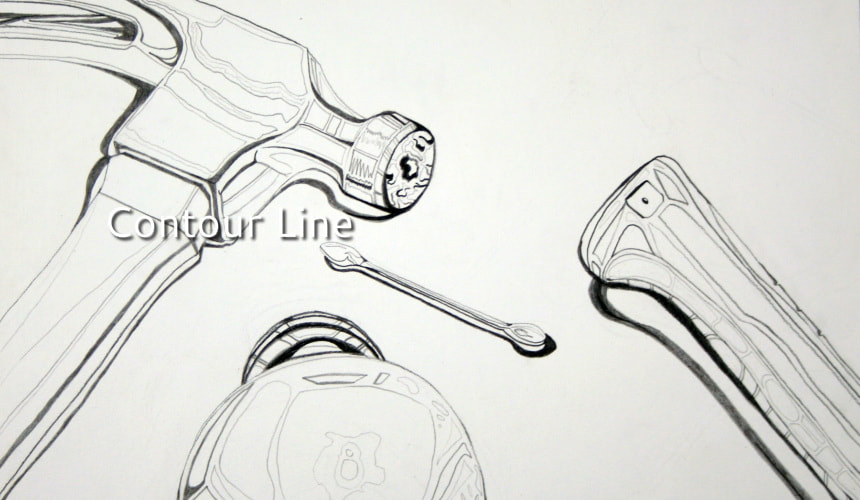
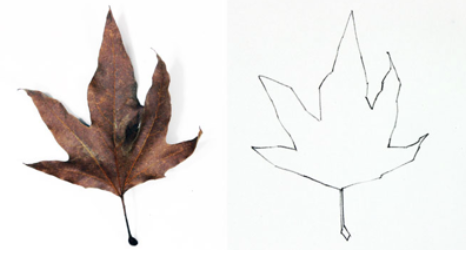
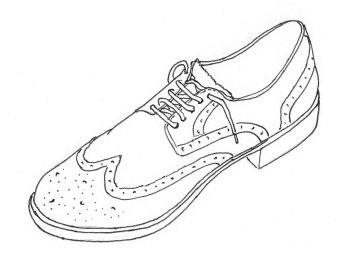

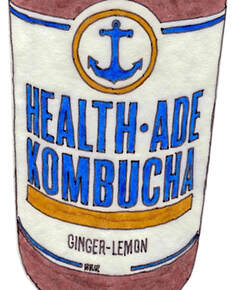
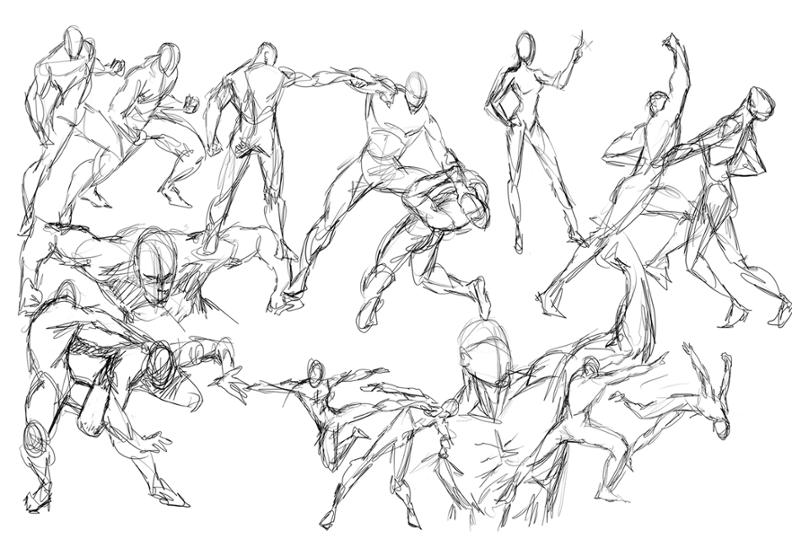
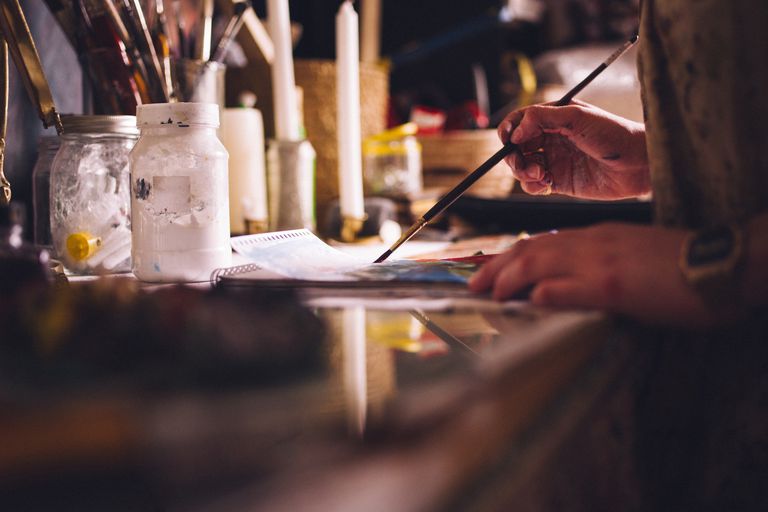
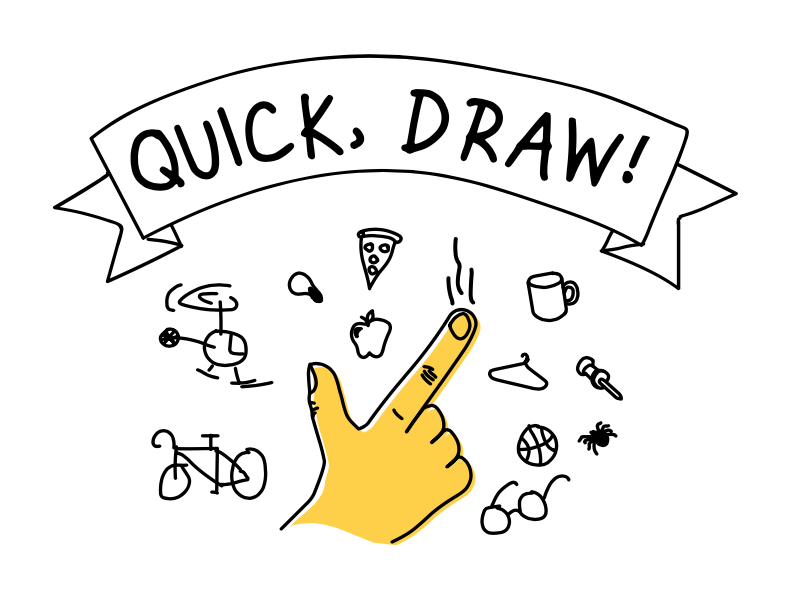
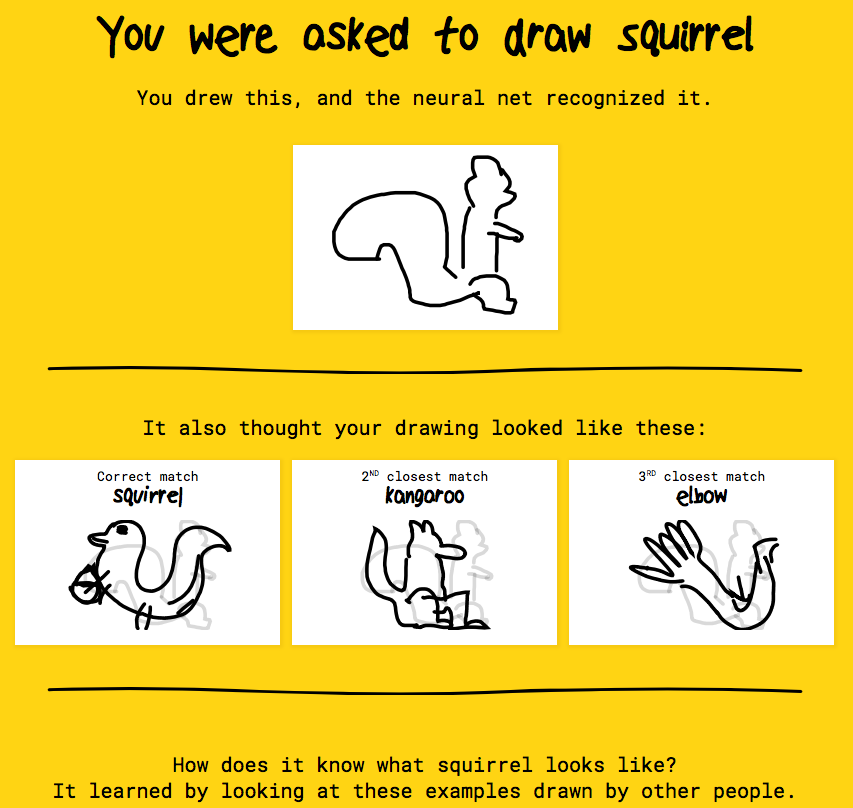
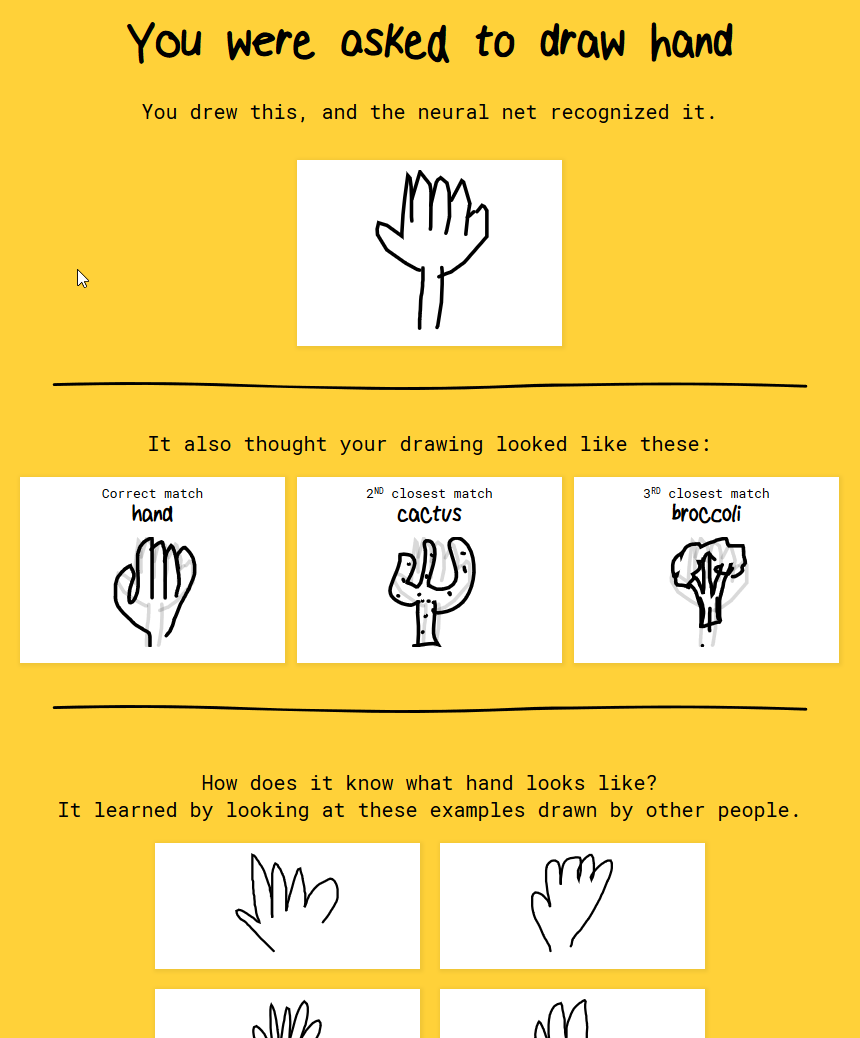
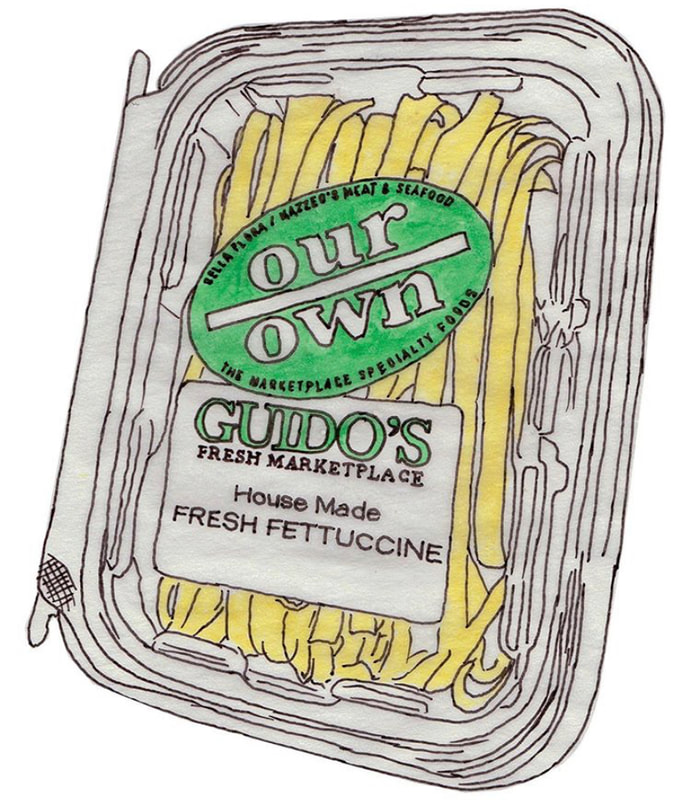
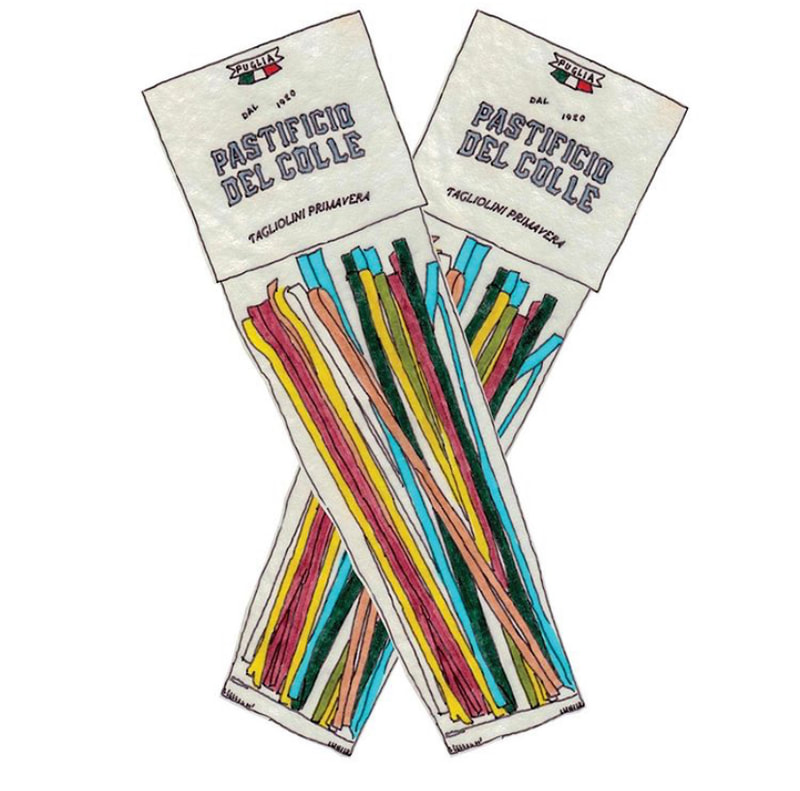
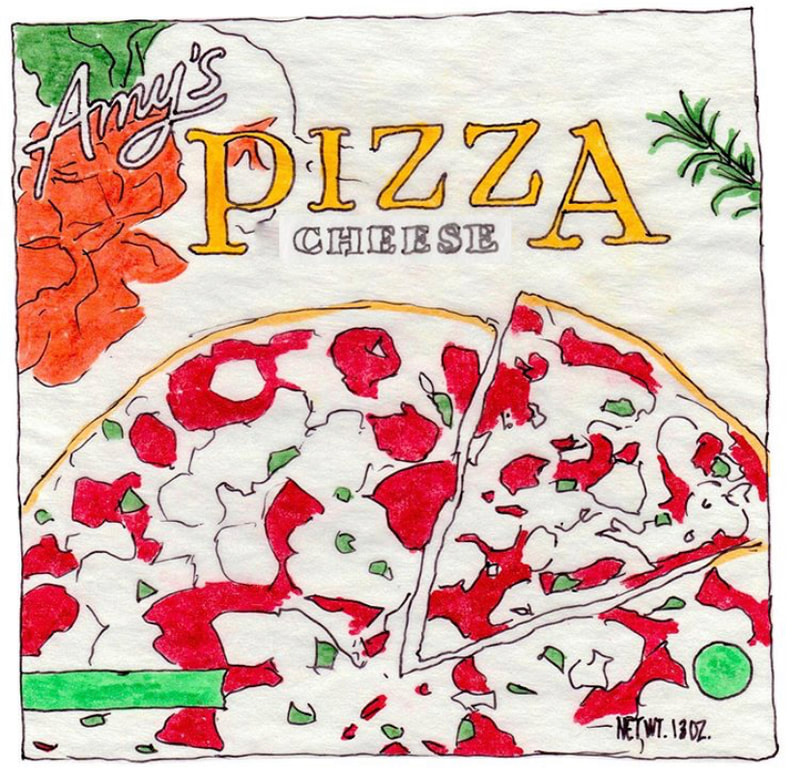
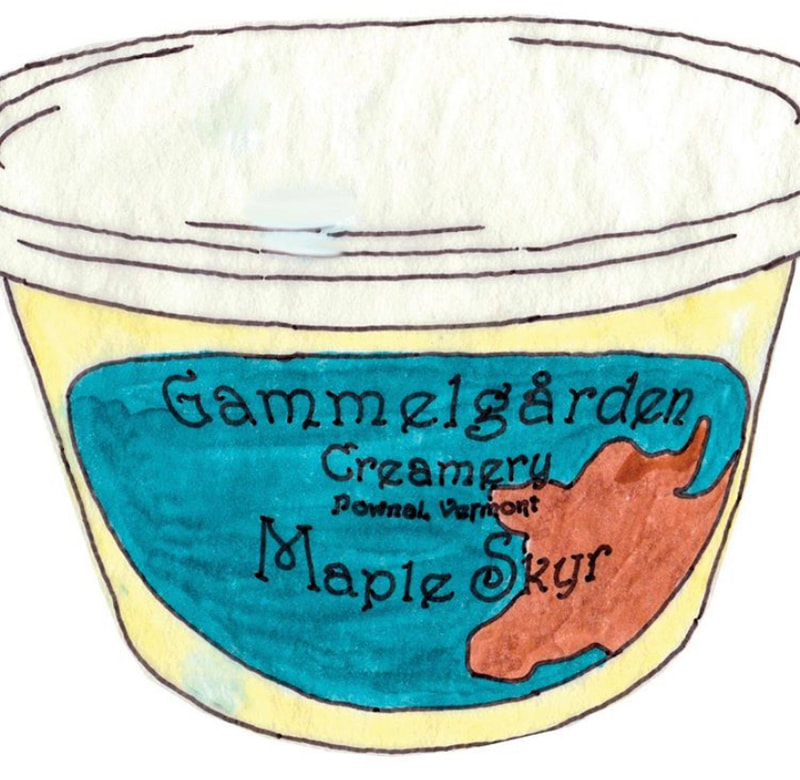
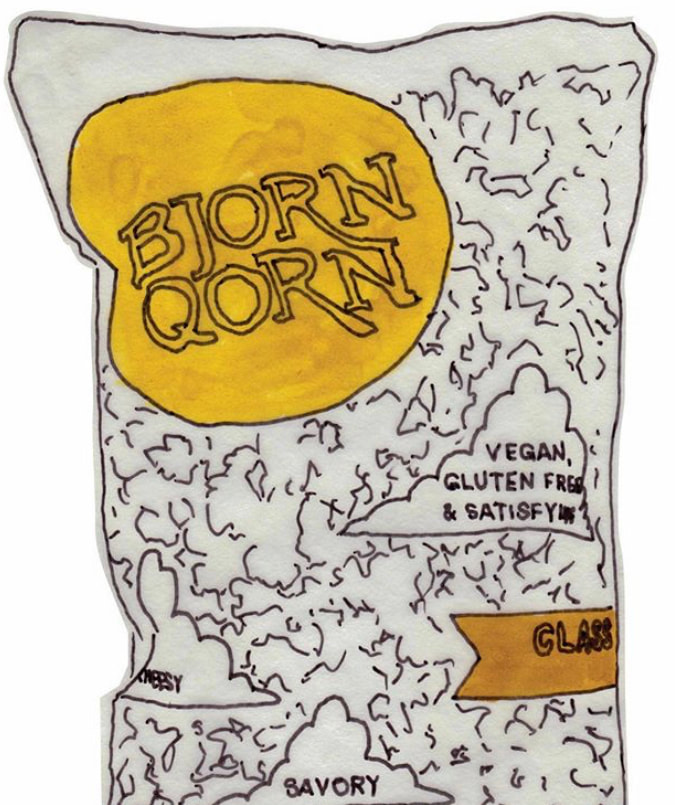
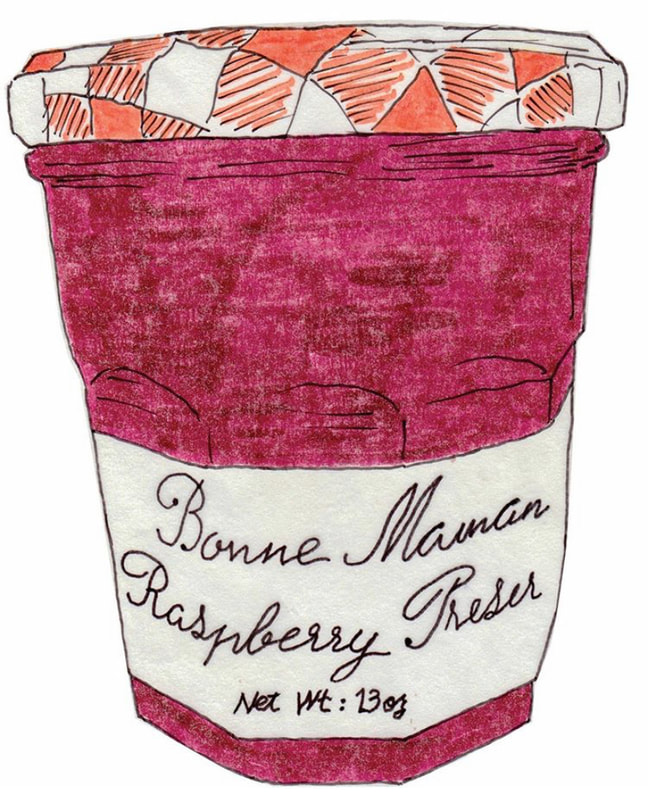
 RSS Feed
RSS Feed